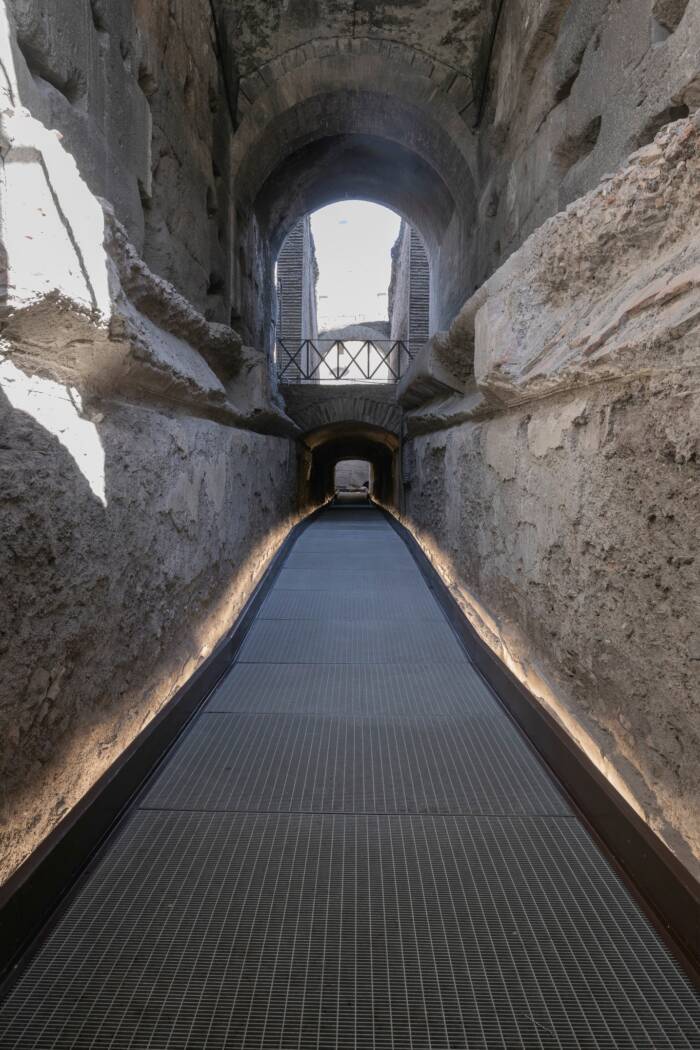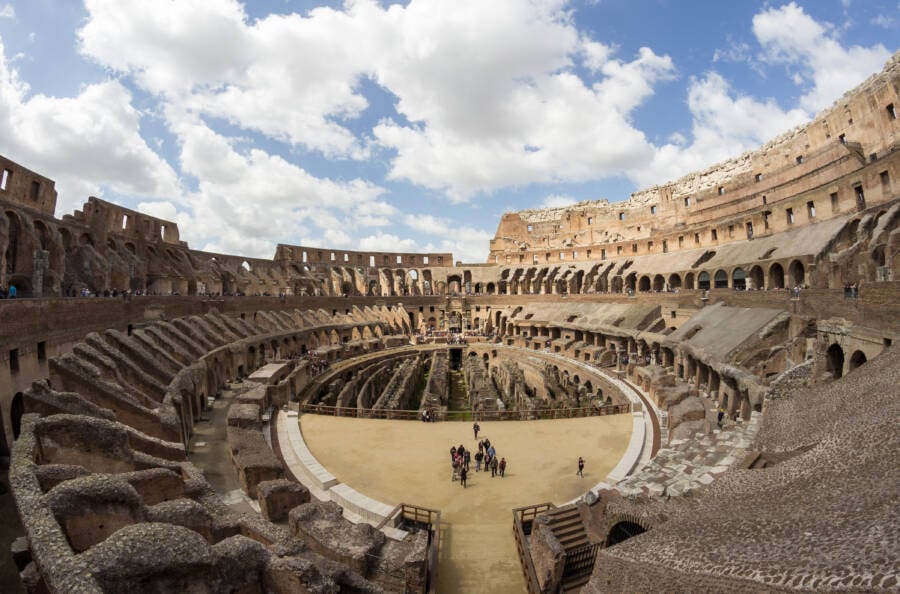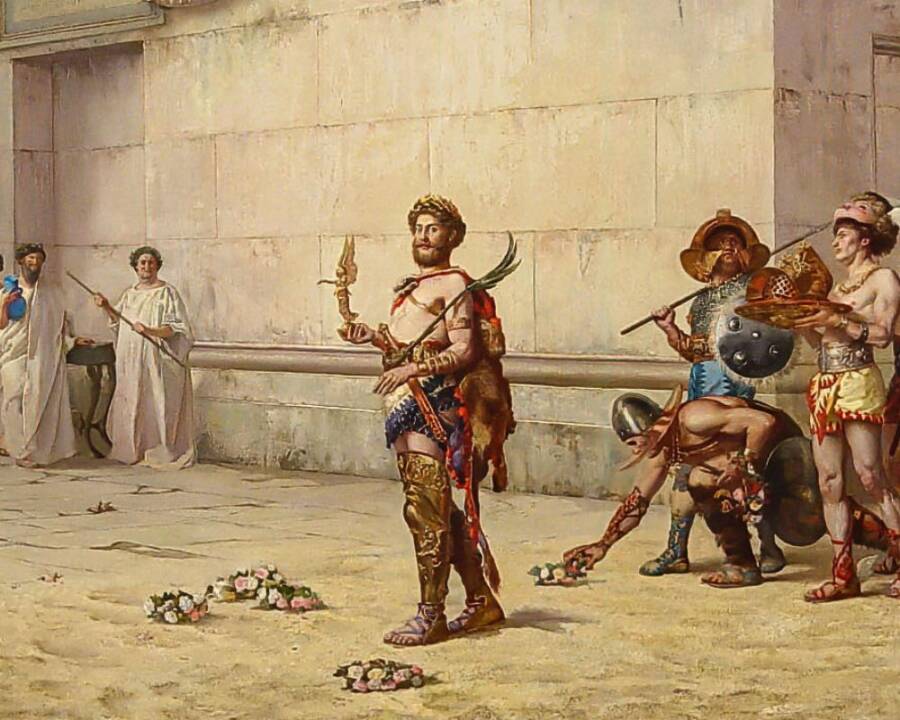The Commodus Passage led directly to a private box in the Colosseum reserved for Roman emperors, but archaeologists aren't yet sure where it began.

Parco Archeologico del Colosseo/FacebookThe section of the Commodus Passage located within the Colosseum is set to open to visitors after an extensive restoration project.
It’s now possible to walk in the footsteps of the Roman emperors who once watched matches at the Colosseum. For the first time in its 2,000-year history, a hidden imperial passage that allowed rulers to enter the arena unseen will be open to the public.
Dubbed the “Commodus Passage” after the Roman emperor who played at being a gladiator — and whose story appears in the film Gladiator — the tunnel led directly to a private box to protect the leaders. Part of this restored passage will open to visitors on Oct. 27, marking an important milestone in the preservation of the ancient wonder that is the Colosseum.
The History Of The Commodus Passage
The Colosseum was built in Rome between 72 and 80 C.E. under the reigns of Emperor Vespasian and his successor, Titus. The passage was constructed not long after, in the late first century or early second century. It’s still unclear where exactly the tunnel began, but it led to a private box inside the Colosseum used by emperors to watch gladiatorial games and other events at the ancient arena.
The passage was shaped like an “S” and decorated with frescoes and marble accents. Previous excavations at the entrance inside the Colosseum revealed depictions of boar hunts, animal fights, and other spectacles held at the amphitheater.
The tunnel, which was rediscovered in the early 19th century, shielded emperors as they entered the Colosseum — both from the prying eyes of the general public and would-be assassins.

Colin/Wikimedia CommonsThe Colosseum was completed in 80 C.E., and the secret tunnel was added shortly after.
On Oct. 27, the Commodus Passage will open to tourists for the first time in its history, giving a glimpse into the secret lives of Rome’s ancient elite. “Visitors can now have a taste of what it was like to be an emperor entering the arena,” Barbara Nazzaro, the architect who oversaw the restoration of the tunnel, told the Associated Press. “With a little effort of imagination and the help of a virtual reconstruction, they can appreciate the decorations, stuccoes, frescoes and marbles that covered the walls.”
Indeed, with the help of the digital reconstruction, visitors will be able to experience exactly what the tunnel’s namesake, Emperor Commodus, saw as he marched through the passageway during his reign.
Who Was Emperor Commodus?
The hidden corridor was dubbed the Commodus Passage after Emperor Commodus, who ruled from 180 C.E. to 192 C.E. He was famous for his passion for gladiatorial games, in which he competed himself — although the real gladiators let him win.
Commodus also battled animals in the arena and once purportedly “dispatched five hippopotami together with two elephants on two successive days; and he also killed rhinoceroses and a camelopard [giraffe],” according to the Roman historian Cassius Dio.

Public DomainA painting of Emperor Commodus at the Colosseum after a gladiatorial event.
While the passage was meant to protect Commodus and other Roman emperors from attempts on their life, it wasn’t foolproof. Commodus was allegedly the target of an assassination attempt inside the passage, though he survived — only to be killed by a wrestler named Narcissus in 192 C.E.
The failed assassination attempt — one of several against him — is sometimes cited as a tipping point in Commodus’ rule. The emperor grew increasingly paranoid, executing anyone he believed to be against him. Commodus’ legacy was further cemented in the 2000 film Gladiator, in which the emperor is portrayed by Joaquin Phoenix.
Restoration work on the passage that’s been named for this infamous ruler began in October 2024 and was just completed last month. A new walkway and lighting have been installed, but the rest of the ancient tunnel remains essentially as it was nearly 2,000 years ago.
After reading about the Commodus Passage, discover the stories of 11 Roman gladiators who rose to fame inside and outside of the Colosseum. Then, take a look at these 33 facts that will change the way you see ancient Rome.





